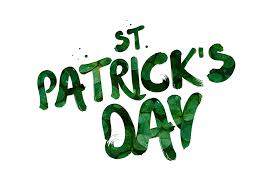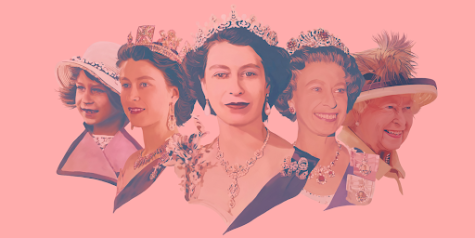The History of Saint Patrick’s Day

photo via Pixabay under the Creative Commons license
April 3, 2018
Although not comparable to the giants of Christmas and Halloween, Saint Patricks Day is still a widely popular celebration of Irish heritage. While celebrations today mostly include parades and bagpipes, the history and traditions of the day are quite different.
Like many may have already assumed, Saint Patrick’s Day originated in Ireland and is dedicated to the medieval figure Saint Patrick. Originally born in Roman Britain around the late 300s, he was enslaved by Irish pirates for six years when he was 16 and during that time converted the Catholicism. After escaping to a local monastery, he became a member of the church and eventually a priest. He changed his name to Patrick from his birth name Maewyn Succat, although he was often known under other nicknames as well. He eventually became a bishop. During his time as a bishop, he was often known for utilizing the three-leafed shamrocks to symbolize many Christian ideals, such as the Holy Trinity.
Despite many beliefs, he did not wear green at all. His ultimate goal in Ireland was to convert the Irish to Catholicism, which he was quite good at using the aforementioned three-leaf clover. Along with other preachers,Saint Patrick converted thousands of Irish men and women and helped establish churches all over the country. It is said that the whole of Ireland was officially converted in the year 432.
Saint Patrick is also credited with driving all of the snakes out of Ireland with the power of God. Saint Patrick died March 17th, 493, however, the exact date is still often disputed.
Fast forward to the early 1700’s, many Irish immigrants live in the thirteen colonies that would soon become America. Up to this point, Saint Patrick’s day was primarily celebrated in churches. It wasn’t until 1737 when the first Saint Patrick’s Day parade took place in Boston and was much more a celebration of Irish heritage than a celebration of the Saint himself.
Today, Saint Patrick’s Day is celebrated all over the US, Canada, most of Europe and even parts of Asia. Although many may forget the history, there’s no doubt that the medieval saint’s name is still relevant in many people’s minds today.






